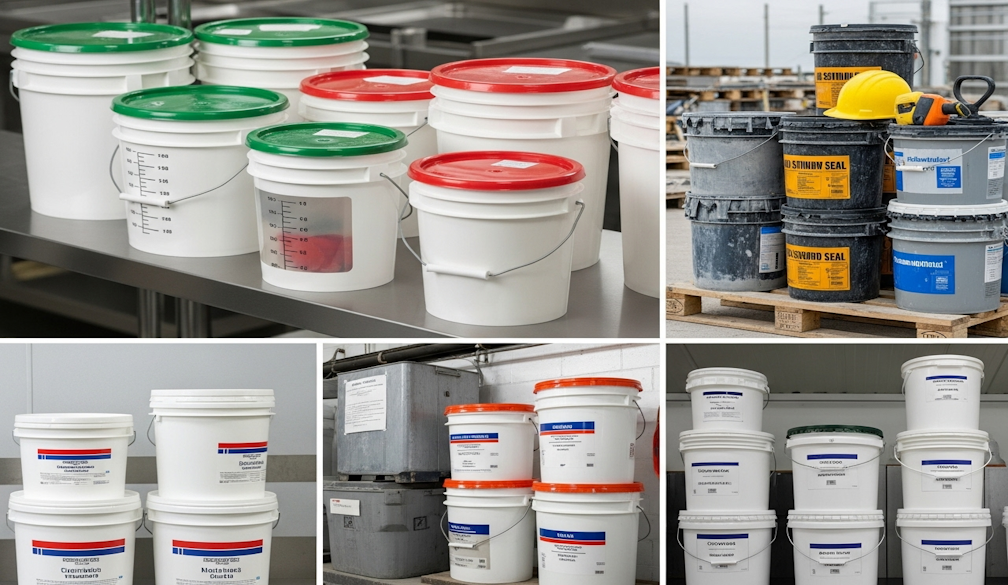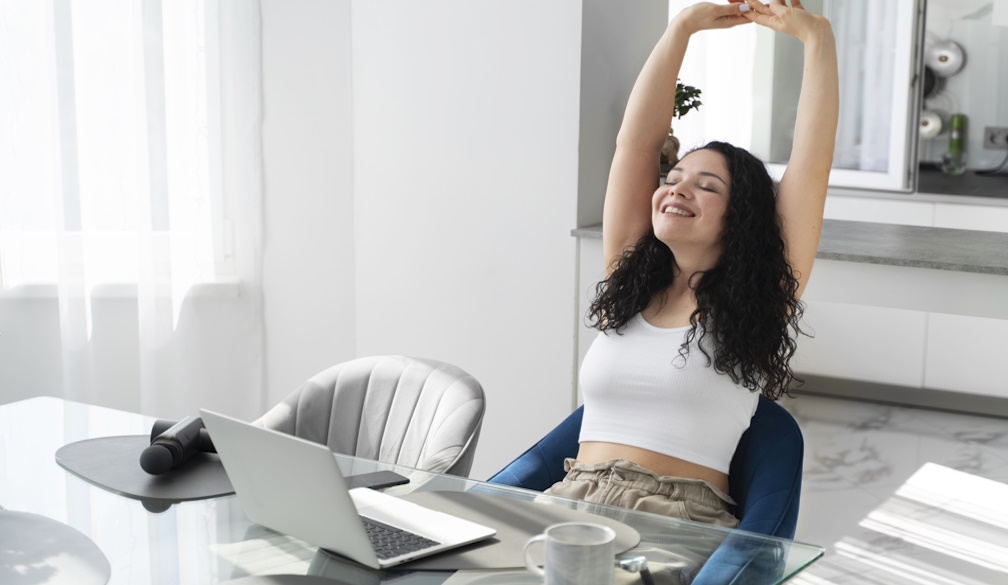how it works, how it’s changing and why it matters
- Written by Marina Yue Zhang, Associate Professor of Innovation and Entrepreneurship, Swinburne University of Technology
China has had the world’s fastest growing economy since the 1980s. A key driver of this extraordinary growth has been the country’s pragmatic system of innovation, which balances government steering and market-oriented entrepreneurs.
Right now, this system is undergoing changes which may have profound implications for the global economic and political order.
The Chinese government is pushing for better research and development, “smart manufacturing” facilities, and a more sophisticated digital economy. At the same time, tensions between China and the west are straining international cooperation in industries such as semiconductor and biopharmaceutical manufacturing.
Taken together with the shocks of the Covid pandemic, and particularly China’s rapid and large-scale lockdowns, these developments could lead to a decoupling of China’s innovation system from the rest of the world.
Balancing government and market
China’s current “innovation machine” began developing during the economic reforms of the late 1970s, which lessened the role of state ownership and central planning. Instead, room was made for the market to try new ideas through trial and error.
Read more: 'To get rich is glorious': how Deng Xiaoping set China on a path to rule the world
The government sets regulations aligned to the state’s objectives, and may send signals to investors and entrepreneurs via its own investments or policy settings. But within this setting, private businesses pursue opportunities in their own interests.
However, freedom for businesses may be declining. Last year, the government cracked down on the fintech and private tutoring sectors, which were seen to be misaligned with government goals.
Building quality alongside quantity
China performs well on many measures of innovation performance, such as R&D expenditure, number of scientific and technological publications, numbers of STEM graduates and patents, and top university rankings.
Most of these indices, however, measure quantity rather than quality. So, for example, China has:
Adding “quality” alongside “quantity” will be crucial to China’s innovation ambitions.
In the past, policies have aimed to “catch up” with known technologies used elsewhere, but China will need to shift focus to develop unknown and emerging technologies. This will require greater investment in longer-term basic research and reform of research culture to tolerate failure.
Developing smart manufacturing
Chinese firms can already translate complex designs into mass production with high precision and unmatched speed and cost. As a result, Chinese manufacturing is appealing to high-tech companies such as Apple and Tesla.
The next step is upgrading towards “industry 4.0” smart manufacturing, aligned with the core industries listed in the government’s Made in China 2025 blueprint.
Read more: A fourth industrial revolution is powering the rise of smart manufacturing
By 2020, China had built eleven “lighthouse factories” – benchmark smart manufacturers – the most of any country in the World Economic Forum’s “global lighthouse network”.
Building an advanced digital economy
China’s giant tech companies such as Alibaba, Tencent and Huawei are also using machine learning and big data analytics to innovate in other fields, including pharmaceutical research and autonomous driving.
In China the regulations for biotechnology, bioengineering and biopharmaceuticals are relatively relaxed. This has attracted researchers and investors to several leading biotechnology “clusters”.
China’s population of more than 1.4 billion people also means that, even for rare diseases, it has a large number of patients. Using large patient databases, companies are making advances in precision medicine (treatments tailored to an individual’s genes, environment, and lifestyle).
The rising power of China’s big tech firms has seen the government step in to maintain fair market competition. Regulations force digital firms to share user data and consolidate critical “platform goods”, such as mobile payments, across their ecosystems.
International collaboration is key
As we have seen in the recent triumph of COVID-19 vaccines, global collaboration in R&D is hugely valuable.
However, there are signs that such collaboration between China and the West may be under threat.
The semiconductor manufacturing industry – making the chips and circuits which drive modern electronics – is currently global, but at risk of fragmentation.
Making chips requires huge amounts of knowledge and capital investment, and while China is the world’s largest consumer of semiconductors it relies heavily on imports. However, US sanctions mean many global semiconductor companies cannot sell in China.
China is now investing vast sums in an attempt to be able to make all the semiconductors it needs.
If China succeeds in this, one consequence is that Chinese-made semiconductors will likely use different technical standards from the current ones.
Different standards
Diverging technical standards may seem like a minor issue, but it will make it more difficult for Chinese and Western technologies and products to work together. This in turn may reduce global trade and investment, with bad results for consumers.
Decoupling standards will increase the fracture between Chinese and Western digital innovation. This in turn will likely lead to further decoupling in finance, trade, and data.
At a time of heightened international tensions both China and the West need to be clear on the value of international collaboration in innovation.
Authors: Marina Yue Zhang, Associate Professor of Innovation and Entrepreneurship, Swinburne University of Technology



















